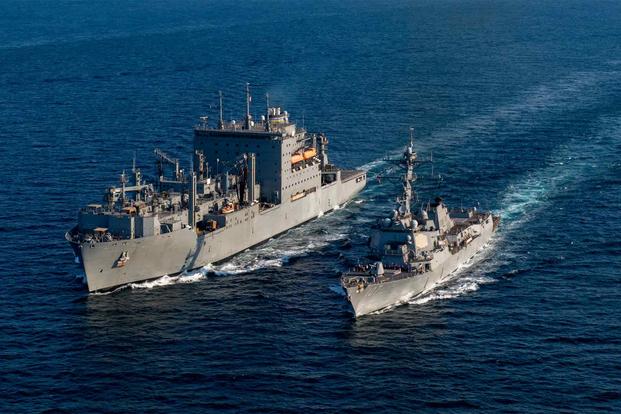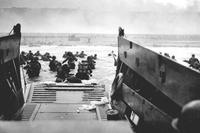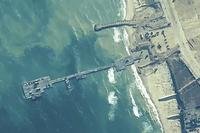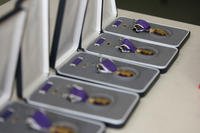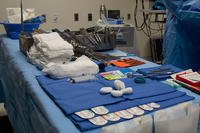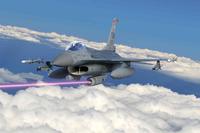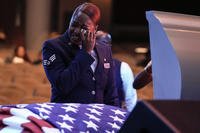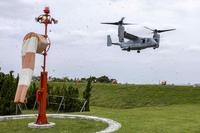A Navy supply ship was run aground by a junior officer off the coast of Bahrain shortly after the ship's master -- or captain -- left the bridge to eat dinner, an investigation revealed.
The USNS Alan Shepard had finished up a maintenance period on July 15 and was on the way to a port in Bahrain when she was directed to an area just off shore to wait on a pilot. The master took the ship there and then went to eat dinner, leaving the ship in the hands of a much more junior third officer.
Less than 30 minutes later, the Alan Shepard was grounded on a shoal.
The investigative summary that was provided to Military.com found that after the ship's master -- as well as the navigator and the chief mate -- left to eat, the ship's third officer "became distracted by a fishing vessel" and tried turning the Alan Shepard to avoid it.
However, the officer, who was not identified in the summary, "was not cognizant of the ship's position in relation to the shoals and shallow water while he was maneuvering the vessel."
It wouldn't be until the next day when, helped by rising tide and tugs, the ship would be freed from the sand.
The investigation noted that the Alan Shepard's standing orders dictate "the master will be on the bridge" when the ship is in shallow water. It cited the failure of the ship's top officers to follow their own rules as one of the factors that led to the incident.
The Alan Shepard was launched in 2006 and has space for a crew of more than 120, all of whom are typically civilian mariners licensed by the U.S. Coast Guard. The ship is used to transport cargo and supplies for Navy vessels at sea.
The investigative summary provided by the Navy made no mention of any disciplinary measures taken in the wake of the incident, and Stars and Stripes, which was the first to report on the investigation's results, found that the master in charge of the ship that day still holds a valid merchant mariner credential.
The summary said that a later diver inspection and evaluation found that the ship suffered only minor scratches to the paint on its hull and no other damage.
In contrast, the Navy typically relieves warship commanders of their command for even minor grounding incidents.
Just weeks after the Alan Shepard incident, the Navy fired the skipper of the USS Howard, Cmdr. Kenji Igawa, after the ship suffered a "soft grounding" on Aug. 10 as it was pulling into Bali, Indonesia, for a port visit. The ship was able to free itself.
The Alan Shepard is currently operating in the Middle East, according to public ship trackers, and has been supporting the USS Dwight D. Eisenhower and the rest of that strike group.
Related: Navy Fires Commander of USS Howard -- Just 6 Months After Relieving Predecessor for Soft Grounding
